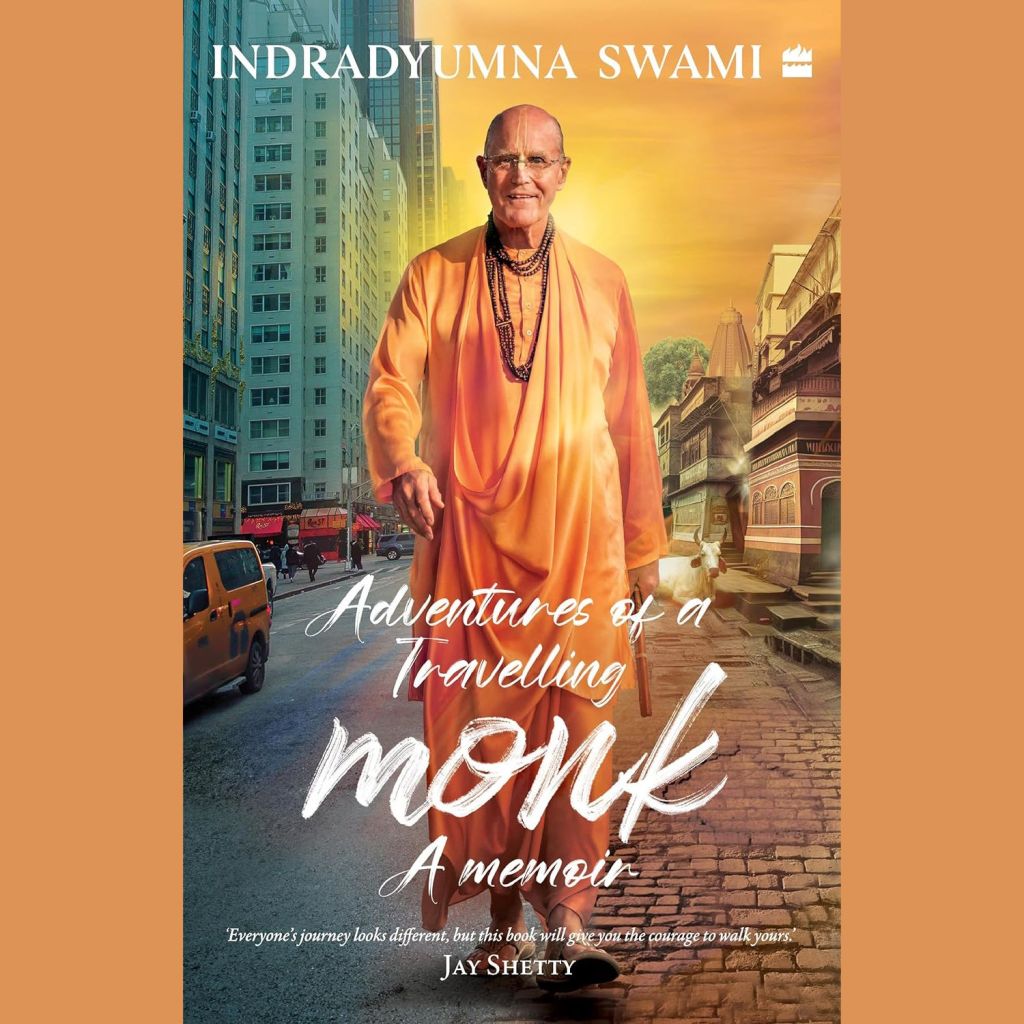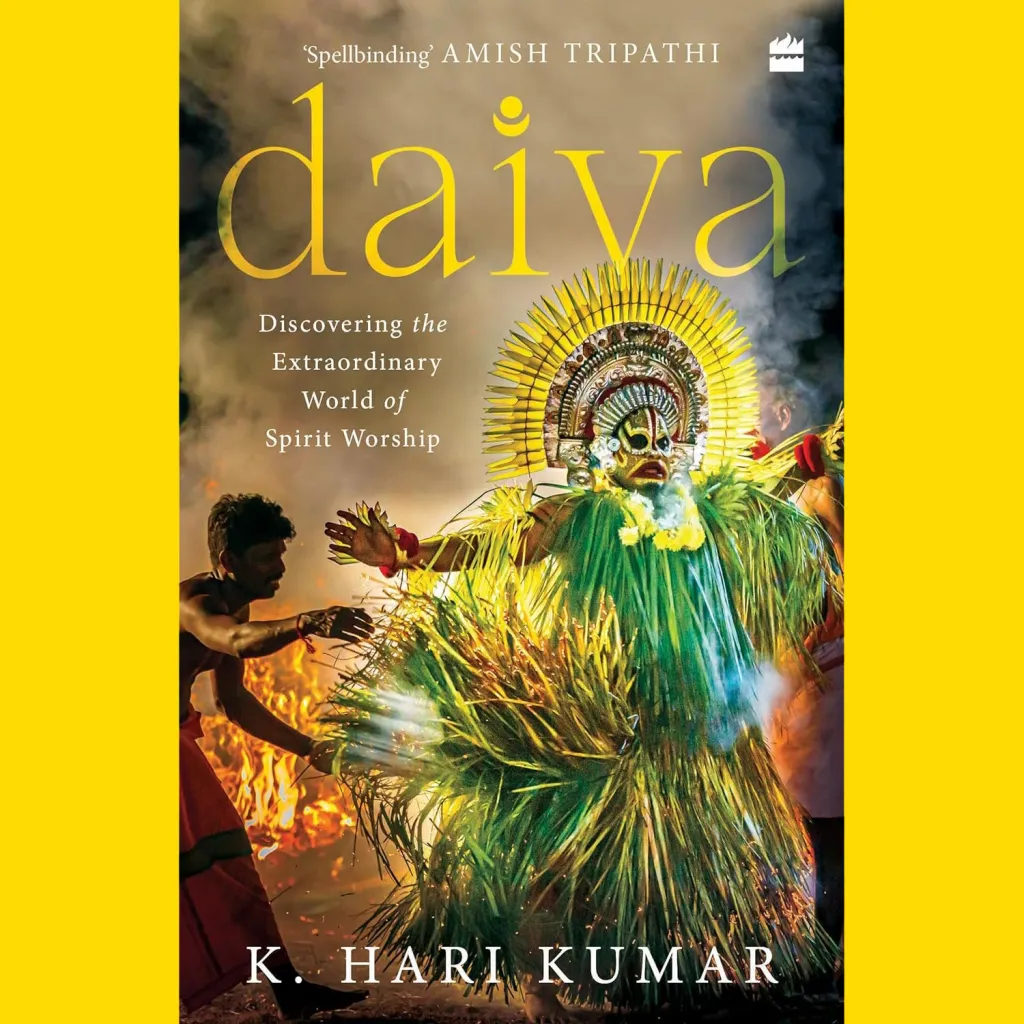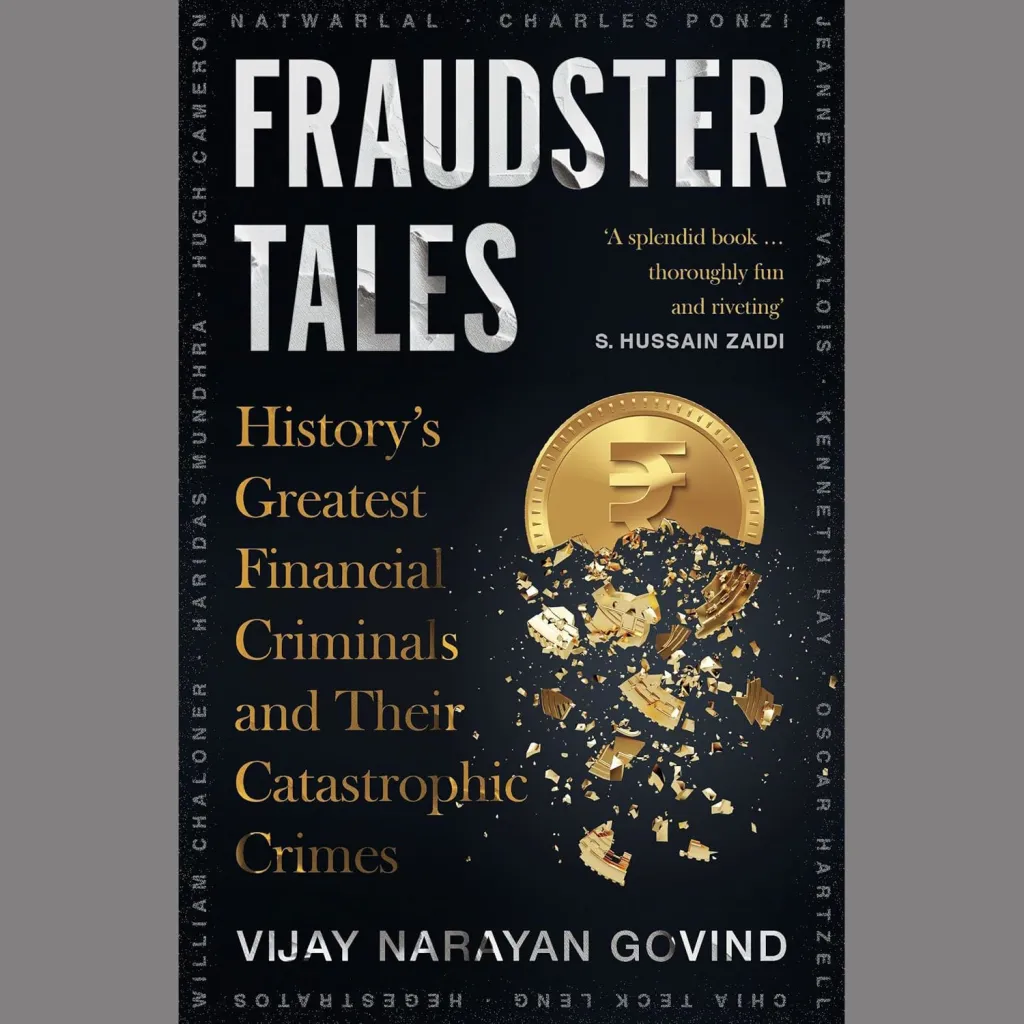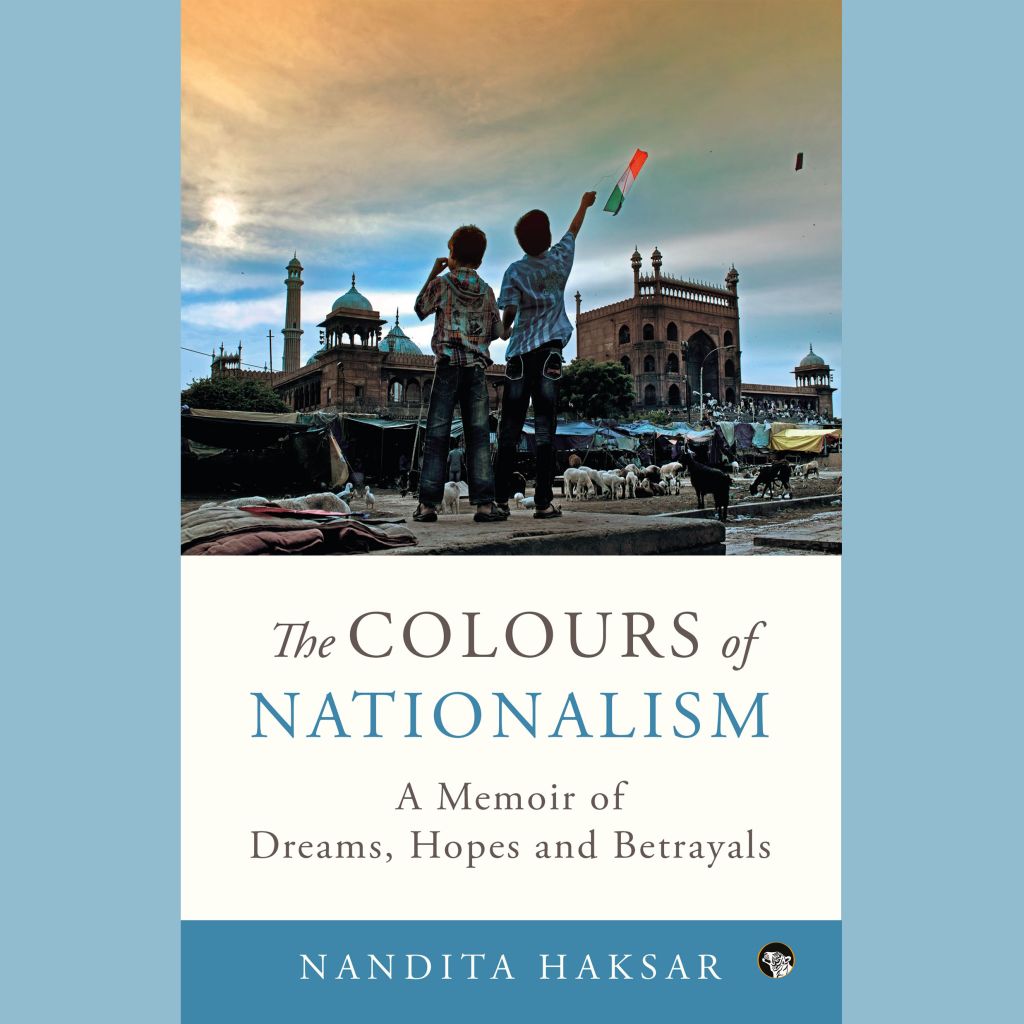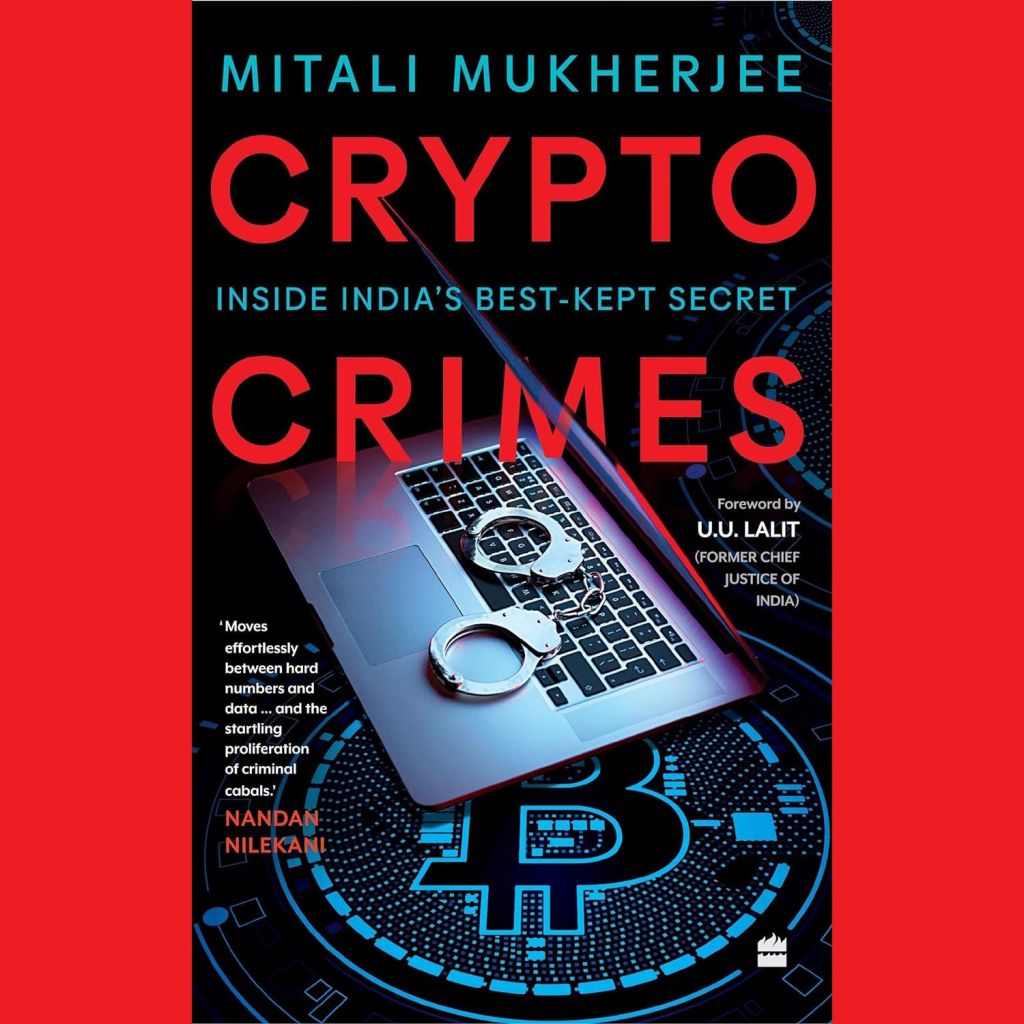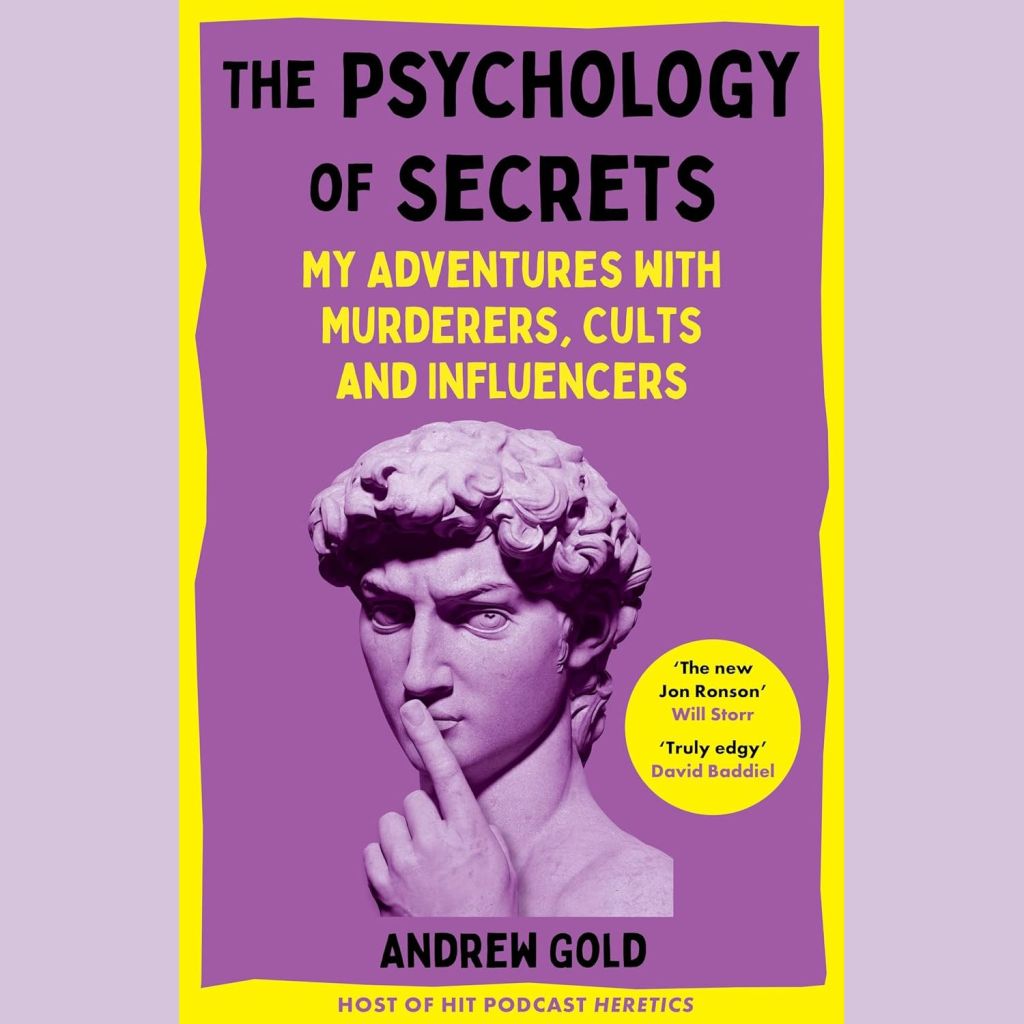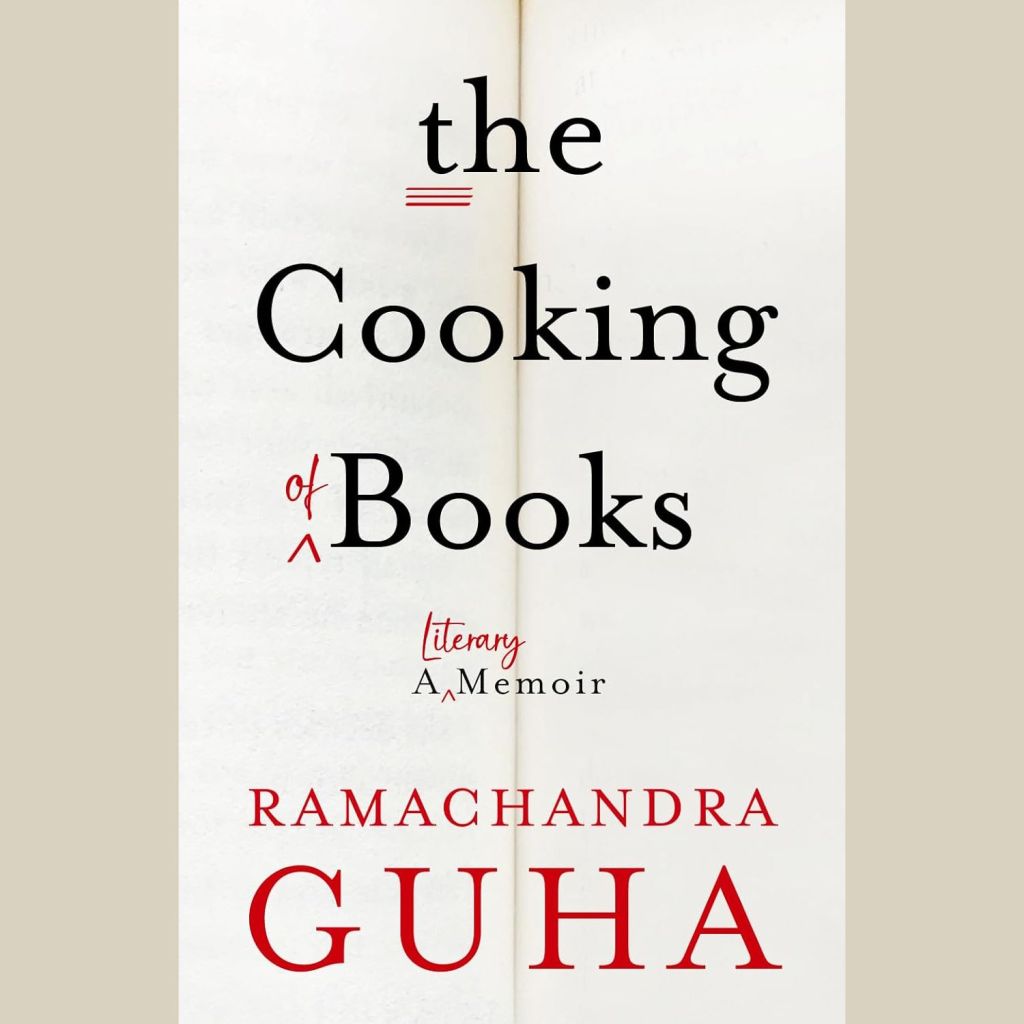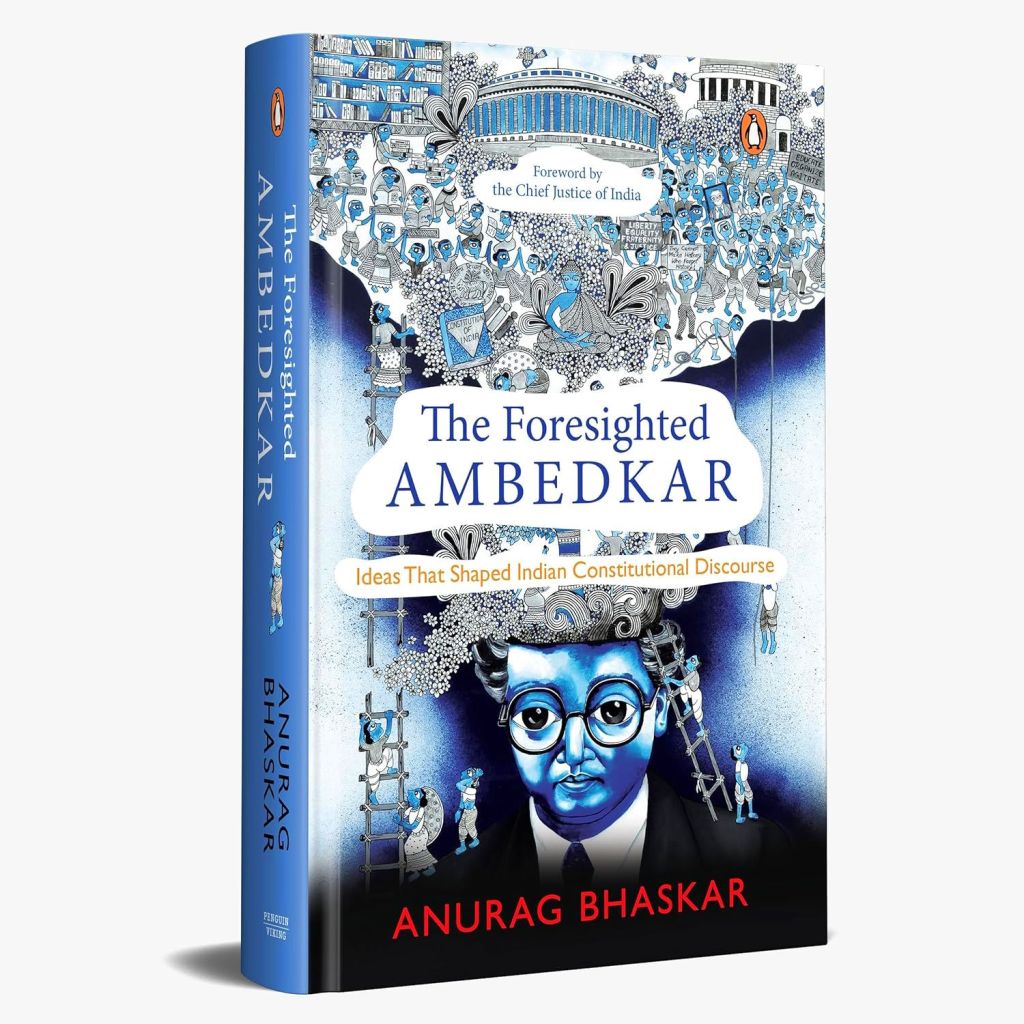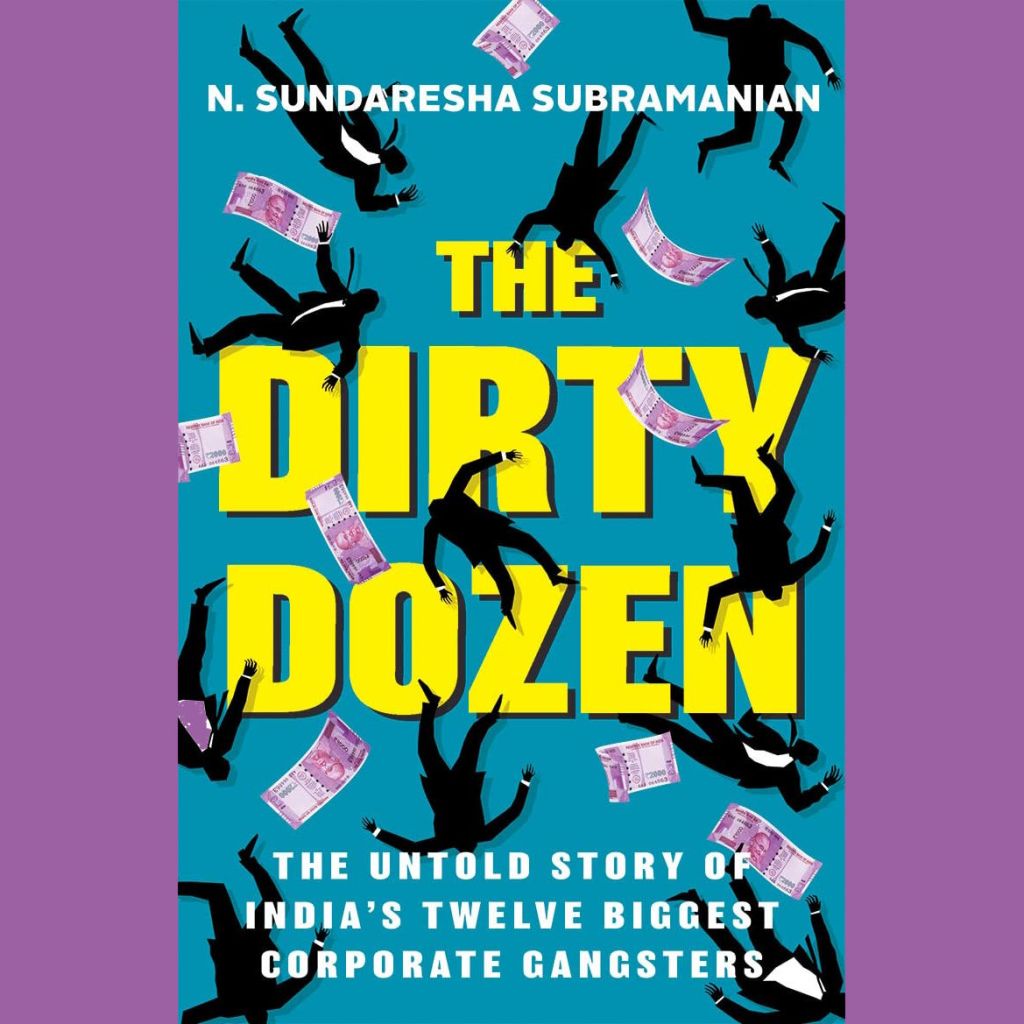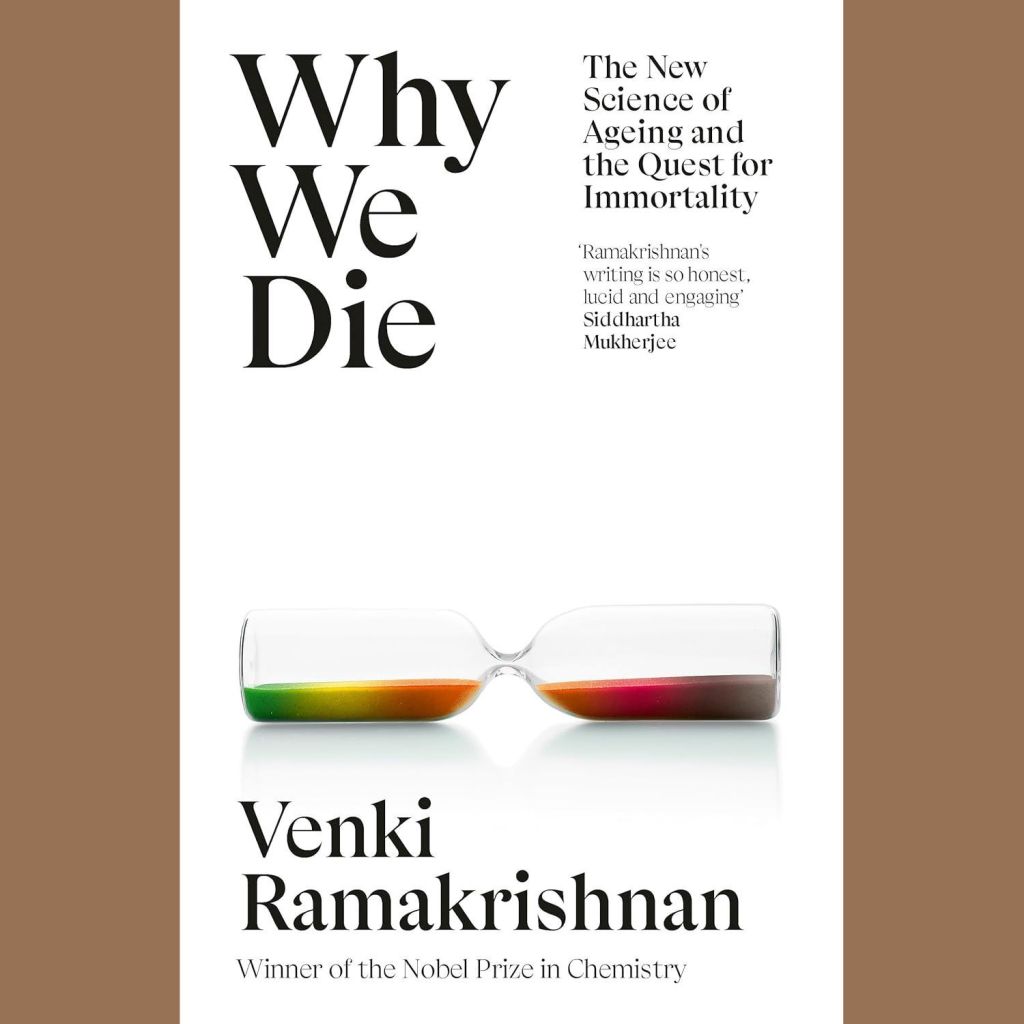From Bombay to Banaras and Lucknow to Ludhiana, Indian cities are full of interesting characters and remarkable stories. Here’s our list of some great books that talk about various Indian cities and bring out the stories within, often tinged with nostalgia, sometimes filled with hope. This is part one of a two-part series.
ALLAHABAD

My Allahabad Story, by Himendra Nath Varma
A delightful walk down memory lane; Himendra Nath talks about Allahabad, the way the city was when the author was a boy. ‘My Allahabad Story recollects the author’s privileged childhood in a prominent family of the city he is obsessed with. He traces his growing years in the large middle-class Kayastha family, bringing out in amusing detail some quaint social customs and traditions that existed half a century ago. The author describes the changed complexion of the city with a tinge of despair; life and times and what happened to Allahabad has been graphically described with nostalgia. An interesting account of an Irish resident brings out the social life that prevailed in Allahabad hundred years ago, interlaced beautifully between the English, Anglo-Indians and Indians,’ says the book’s description.
Those familiar with the city will recognise the places mentioned in the city – St. Joseph’s High School, Thorhill Road, Elgin Road, Civil Lines, India Coffee House, Guzder’s Icecream and some old cinema houses. Some have made it into the 21st century, some have gradually faded away (or will fade away in the near future), along with the passing of the languid, more laid-back ways of the early 20th century. Wallowing in nostalgia, hankering for the good old days isn’t always a bad thing, as this book clearly demonstrates. Read some excerpts from the book here.

The Last Bungalow: Writings on Allahabad, by Arvind Krishna Mehrotra
An anthology, an interesting collection of writings on the city of Allahabad, describing the city and its evolution across hundreds of years. From Hsiuan Tsang, Ralph Fitch and Ghalib to Rudyard Kipling, Mark Twain, Jawaharlal Nehru and Harivansh Rai Bachchan, they’re all there, providing a rich and varied account of Allahabad from many different perspectives and different periods of time.
‘Located at the confluence of the Ganga, Yamuna and the invisible Saraswati, Allahabad has been frequented by pilgrims for two thousand years. However it was only towards the latter half of the nineteenth century that Allahabad shed its identity as another dusty north Indian town and emerged as one of the premier cities of the Raj, and the capital of the North-West Provinces. This metamorphosis, ironically, was brought about by colonial rule, whose beginnings Fanny Parkes has described at great length. Allahabad was the home not only of the Pioneer, where Kipling was employed, but also of literary figures like Harivansh Rai Bachchan and Suryakant Tripathi ‘Nirala’. Its university, one of the oldest in the country, attracted students from far and wide. Visited by the Buddhist scholar Hsiuan Tsang in the seventh century, the city is today visited by spiritual conmen and con-women, as well as ordinary pilgrims, who come to attend the Magh and Kumbh Melas. As Kama Maclean’s essay shows, far from being an ancient religious festival, the Kumbh Mela, which is held once every twelve years, originated as recently as the 1860s.’
‘Colonial Allahabad, along with the intellectual energy that colonialism generated, has all but disappeared. The bungalows have gone, and so have the last of those who inhabited them. Their descendants can only recall a lost time. In 1824, Bishop Heber wrote that Allahabad was a ‘desolate and ruinous’ place. Three years later, Mirza Ghalib compared it to hell, only hell was better. But for Jawaharlal Nehru, Allahabad was where he was born and where he cut his political teeth; for Nayantara Sehgal, it was a model for civilized living; for Ved Mehta, it was, like other Indian cities, ‘a jumble of British, Muslim, and Hindu influences’; for Saeed Jaffery, it was a place where a good time could be had, while one picked up a decent education; for Gyanranjan, it was a city one could fall in love with in one’s youth; for Allen Sealy, it was his parents’ home town, a reservoir of family lore. The Last Bungalow: Writings on Allahabad is a memorial to a now forgotten city, whose rise was as meteoric as its fall,’ says the book’s description.
BANARAS

Aimless in Banaras: Wanderings in India’s Holiest City, by Bishwanath Ghosh
‘While cremating his mother at the famed Manikarnika Ghat, Bishwanath Ghosh pretended he was a writer collecting material for a future book rather than a grieving son – his way of dealing with the last rites. A few years later, he returns to Banaras to write that book. Plunging into its timeless aura, he roams its ghats and galis, sails through the cool breeze of the Ganga, walks through the heat of funeral pyres. One moment he is observing a sadhu show off his penile strength, in the next he is on a boat with a young woman who has been prophesied to marry seven times. One moment he is in conversation with the celebrated writer Kashinath Singh, who is an atheist, and in the next he is having tea with a globe-trotting priest and a god-fearing doctor. Ghosh finds a story in every bend as he engages with quintessential Banarasis – their paan-stuffed mouths spouting expletives and wisdom with equal flair, and discovers why they are among the happiest people on earth. Then one evening at Manikarnika, as he emerges from a temple, wearing ash from the cremation ground on his forehead, he finds a bit of Banaras in himself. Aimless in Banaras is not only a sensuous portrait of India’s holiest city but also a meditation on life and death,’ says the book’s description.
Ghosh, whose books on Calcutta and Madras are also in the ‘Cityscapes’ list, writes with elan and has a unique, engaging and entertaining way with words. This book is the best – the most up close and personal – account of Banaras and life in that city we’ve ever read. If you’ve always wanted to experience Banaras (Varanasi, if you absolutely insist…) but haven’t gotten around to it yet, get a copy of this book first.
BOMBAY

Colaba : The Diamond at the Tip of Mumbai, by Shabnam Minwalla
Anyone who has spent any length of time in Bombay (‘Mumbai’ for those who prefer using that name) will probably agree that Colaba is one of the most intriguing neighbourhoods in the city. The Gateway of India, the Taj Mahal Palace hotel, the art deco Regal cinema, some iconic eateries and the dozen small restaurants in the vicinity that offer reasonably-priced meaty delights to their patrons, the small shops that sell cheap and cheerful fashionably clothes right on the streetside, the interesting – sometimes eccentric – characters that populate the streets of Colaba, and list is endless. With its host of Raj-era buildings providing a tinge of nostalgia, combined with the everyday hustle of today’s Bombay, Colaba is an utterly fascinating place. And Minwalla, who spent her childhood there, has written a very interesting account of the place.
‘Colaba, the southernmost tip of Mumbai – barely 200 years ago, it was a rocky, jackal-infested island, separated from the rest of the great metropolis by a temperamental creek. In this compelling biography, Shabnam Minwalla, journalist, author and long-time resident of the area, tells the tale of the unexpected forces that reshaped land and sea, and allowed this remote corner of Bombay to evolve into one of its liveliest, quirkiest neighbourhoods. She unravels accounts of colonial rivalries and dowry negotiations, and of shrewd industrialists who transformed the doomed island into the centre of trade during the cotton boom of the 1860s.’
‘Minwalla navigates the sometimes charming, sometimes seedy streets to track the area’s evolution from a retreat for British soldiers and sailors to a coveted residential area for the English and Indians alike. She digs into her childhood memories to introduce us to the eccentric Parsis of Cusrow Baug, the warm yet persistent shopkeepers and hawkers of the Causeway, the industrious Sindhis who pioneered co-operative housing societies, the colourful musicians, theatre artists and writers who frequented her corner of Colaba, and the Arabs who come there every year to witness the city’s monsoons. Combining a remarkable flair for storytelling with sound journalistic groundwork, and drawing upon three generations of family memory, Shabnam paints an intimate and dynamic portrait of a great and fabled neighbourhood,’ says the book’s description. For those who may be fascinated with Bombay’s history – the last 200 odd years – this book is a must-read.

Once Upon A City, by Meher Marfatia
For those who are in love with Bombay – especially the Bombay that was, and which now only lives in the memories of a fortunate few – this is a brilliant book. The people, the stories, the photographs and Marfatia’s storytelling – everything comes together to provide tantalising glimpses of the city’s glorious past. Marfatia, who studied at Bombay’s St. Xavier’s College, is an acclaimed journalist and has written for various leading newspapers. Once Upon A City was originally a column that she wrote for Sunday Mid-day and the series has now been compiled in this book, which also has some excellent photographs.
‘In this primary edition I’ve expanded on a selected set of 50 alphabetically arranged columns representative of Bombay, including South Bombay, and its suburbs and midtown localities. These are more challenging because not many know about their genesis or how these flourished as pivotal hubs contributing to the city’s growth and wellbeing. The book offers fresh information via first-person accounts. I wanted to go deeper into exploring a Bombay we’re losing unimaginably fast. I find it a city of spectacular hidden surprises, ours to unearth, discover and document to mine for posterity. Future generations need to know how its present residents have interacted with events in the past here, so that they can pave the way forward for the city,’ says Marfatia, speaking to Parsi Times.

At Home in Mumbai: Stories from the City’s Living Spaces, by Chandrima Pal
For regular middle-class people, living in Mumbai isn’t the easiest thing in this world. People spend their entire lives travelling in horrendously crowded dheemi local trains, dreaming of the day when they can move from their 1BHK apartment (if they’re lucky enough to have an apartment to begin with) to a 2BHK and, if the Gods are exceptionally benevolent, even a 3BHK, with a balcony, no less! Living in a spacious 3BHK apartment, either ‘in town’ (South Bombay) or in one of the posh Western suburbs must, for most Mumbaikars, be the impossible dream. Pal’s book chronicles the lives of Mumbaikars across a variety of social strata, across income levels, and analyses what ‘home’ means for those living in the city. An ‘outsider’ herself, Pal moves to Mumbai from Delhi and discovers the joys (?) of living in a tiny apartment in Mumbai, albeit one that has a window that opens out to the sea. She then proceeds to walk the city on her own, documenting lives and the way people live in Mumbai, resulting in a bunch of interesting stories and anecdotes that you’ll find in this book.
‘My earliest memories of the city were formed during long vacations, when I visited my aunt and her family who lived in a beautiful apartment in Santa Cruz, in the Western suburbs. We would fill into my uncle’s powder-blue Premier Padmini and drive around the maze that was Bombay then. As a Kolkata girl, I was perpetually open-mouthed at the splendours of the city. Drives around Bombay were always about its celebrity landmarks, the Air India building, the revolving restaurant atop Ambassador hotel, the chic homes of Peddar Road… It was, and is, always about the spaces that people built and lived in, the concrete signatures they left on the shifting sands and the floating islands of the Arabian Sea. I would stare at the edifices of stardom, success, of dreams realised in every inch of space claimed by those who called this city their home,’ says Pal in the book. With the people she meets and the houses she visits and the lives she documents, Pal spins a fascinating yarn – one you’ll love to read.

Bombay, Meri Jaan: Writings on Mumbai, by Jerry Pinto
This is one anthology that has to be included in any list of must-read books on Bombay. Pinto, a writer/journalist/author himself, has done an excellent job of putting together writings on Bombay, from well-known names like Nissim Ezekiel, Pico Iyer, Rudyard Kipling, Gerson Da Cunha, Salman Rushdie, Khushwant Singh, VS Naipaul and many, many others. It’s an interesting, eclectic selection of prose and poetry that most people will enjoy reading.
‘Such is the vibrancy of this harbour city, that today it is bursting to its seams with people from varying cultures, and concrete buildings that snake the city line haphazardly. It is about this city of contrasts and multi-cultures which has been described at length in the book, Bombay Meri Jaan is a compilation of pieces penned down by some big names in literature such as Salman Rushdie, Dilip Chitre, V S Naipaul, Khushwant Singh, Saadat Hasan Manto and Pico Iyer. These contributors each focus on different aspects of the coastal city, such as its high-rise apartments, its slums, bhelpuri on the beach, gully cricket, the cops and the underworld, women in a ladies compartment in the local train, the monsoon floods, the Shiv Sena, Bombay’s several cinema halls and so on. [The book] contains not only text but also interesting cartoons and photographs. An anthology that is as varied, wealthy and vibrant as the city itself,’ says the book’s description.
‘If Mumbai’s polluted and stinking air for you is the very breath of life, go ahead, pick Mumbai, meri Jaan up, you’ll love it. Even if you are not a regular reader of books on Mumbai, not that there are too many of them anyway, it is indeed a great effort, bringing diverse people and talents together in one volume. It’s also an opportunity to sample writing which perhaps you wouldn’t have picked from the bookstore shelf. This anthology brings alive stories from the city’s past and present (Pinto prefers historical pieces, while Fernandes is partial to journalistic features), but there are millions of more stories to be told. But where’s the space?,’ says Business Standard.

Maximum City: Bombay Lost & Found, by Suketu Mehta
We’ve saved the best for last. Yes, Maximum City is one of the usual suspects but how could we possibly leave this one out? Without exception, this racy, fast-paced books is one of the very best ever written about Bombay. ‘A native of Bombay, Suketu Mehta gives us an insider’s view of this stunning metropolis. He approaches the city from unexpected angles, taking us into the criminal underworld of rival Muslim and Hindu gangs, following the life of a bar dancer raised amid poverty and abuse, opening the door into the inner sanctums of Bollywood and delving into the stories of the countless villagers who come in search of a better life and end up living on the sidewalks. As each individual story unfolds, Mehta also recounts his own efforts to make a home in Bombay after more than twenty years abroad. Candid, impassioned, funny and heartrending, Maximum City is a revelation of an ancient and ever-changing world,’ says the book’s very accurate description.
‘The gentle – and genteel – world of Mehta’s remembered childhood no longer exists. Mumbai is overpowering, exhausting, violent and chaotic – an unrelenting megalopolis that embodies John Kenneth Galbraith’s famous (and patronizing) description of India as a ‘functioning anarchy.’ Giving depth and shading to such a complex subject, Maximum City is narrative reporting at its finest, probably the best work of nonfiction to come out of India in recent years,’ says The New York Times.
‘With his eyes unblinking and his ears cocked, Mehta plunges into this city, which is as intriguing as it is beguiling. Like Bombay, Maximum City swarms with a jostling, heaving crowd of narratives, each story as riveting as it is emblematic of the city in which it is rooted. Unwavering in his faithfulness to detail, Mehta follows cops, gangsters, painted women, movie stars, people who give up the world. The research that has gone into this book is phenomenal,’ adds The Guardian.
Also see Part II of this story
adventure advertising Allahabad Apple astrology audiobooks Banaras best-of lists Bombay book marketing business Calcutta cheap reads cityscapes corporate culture design fiction food Hinduism hippies history India Japan journalism journalists libraries literary agents memoirs memories money Mumbai music my life with books Persian photojournalism publishers publishing religion science-fiction self-help technology travel trends Varanasi wishlists


